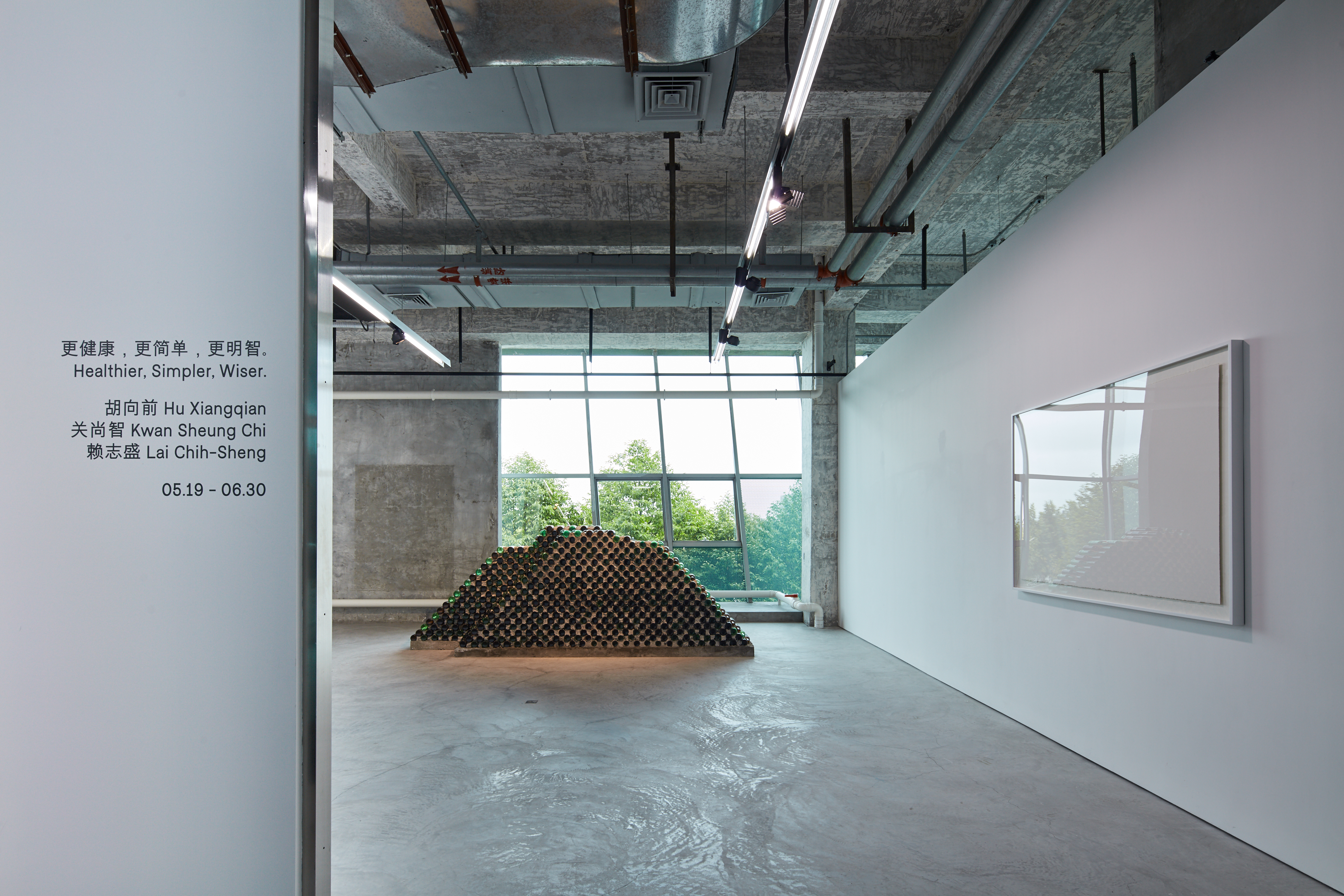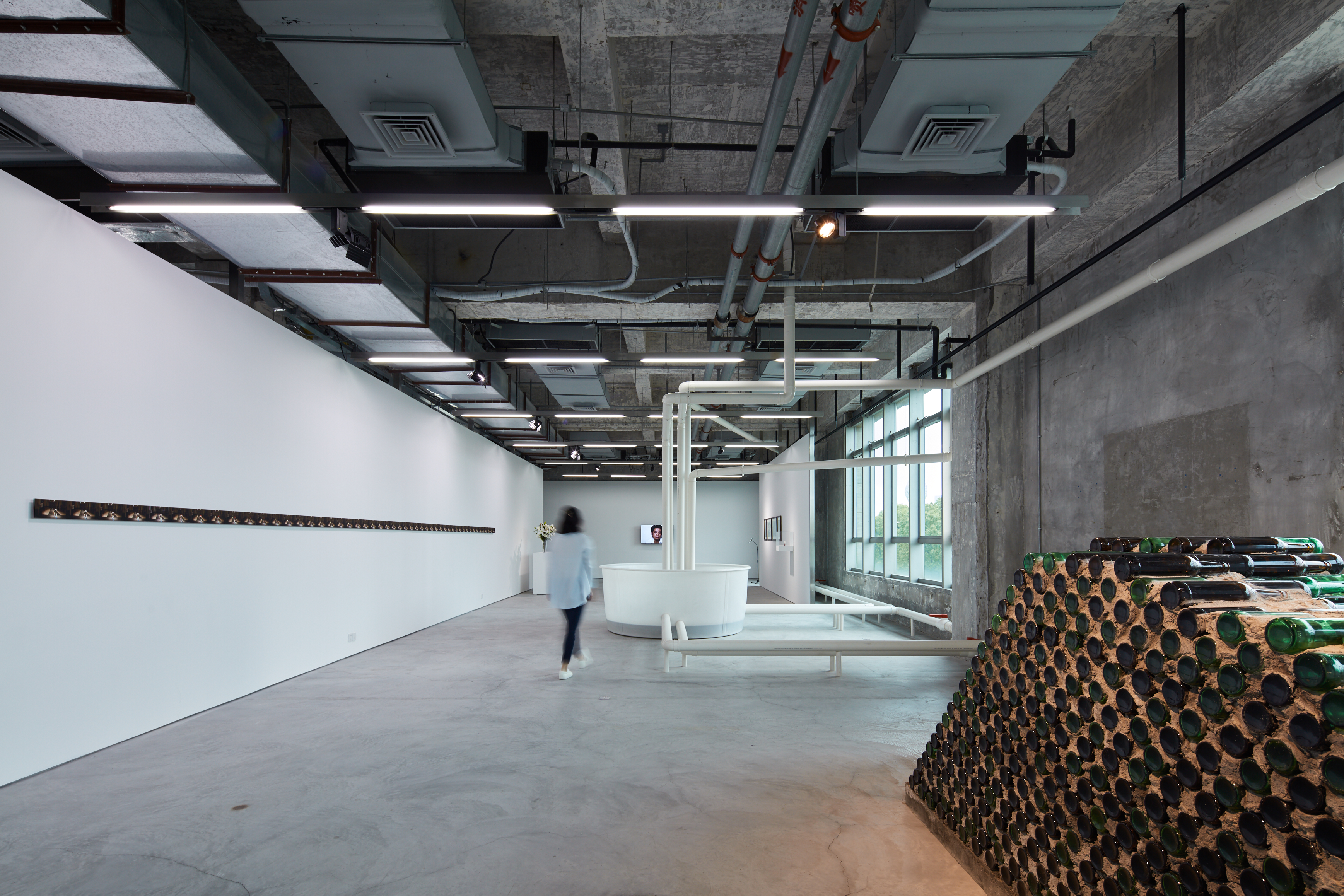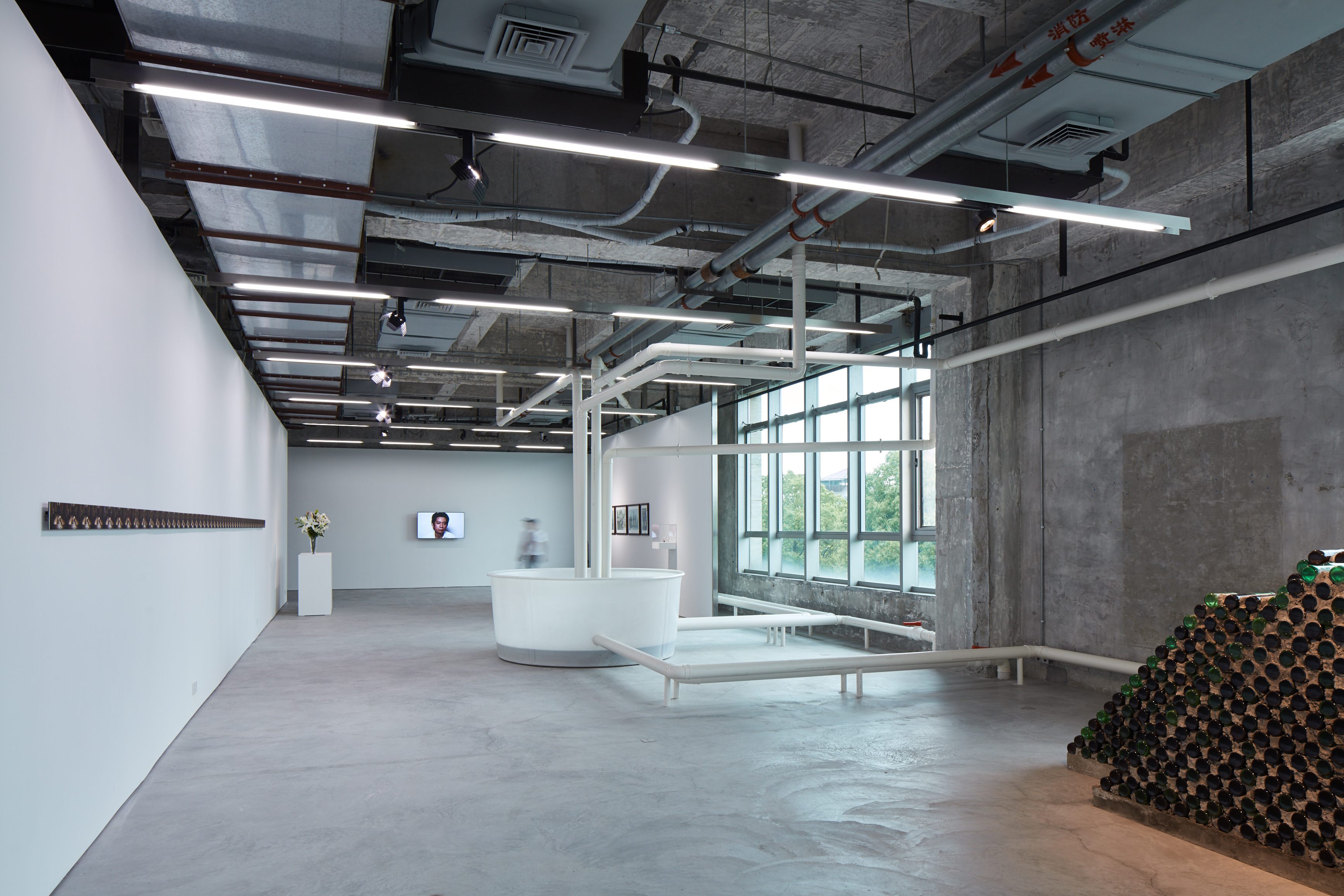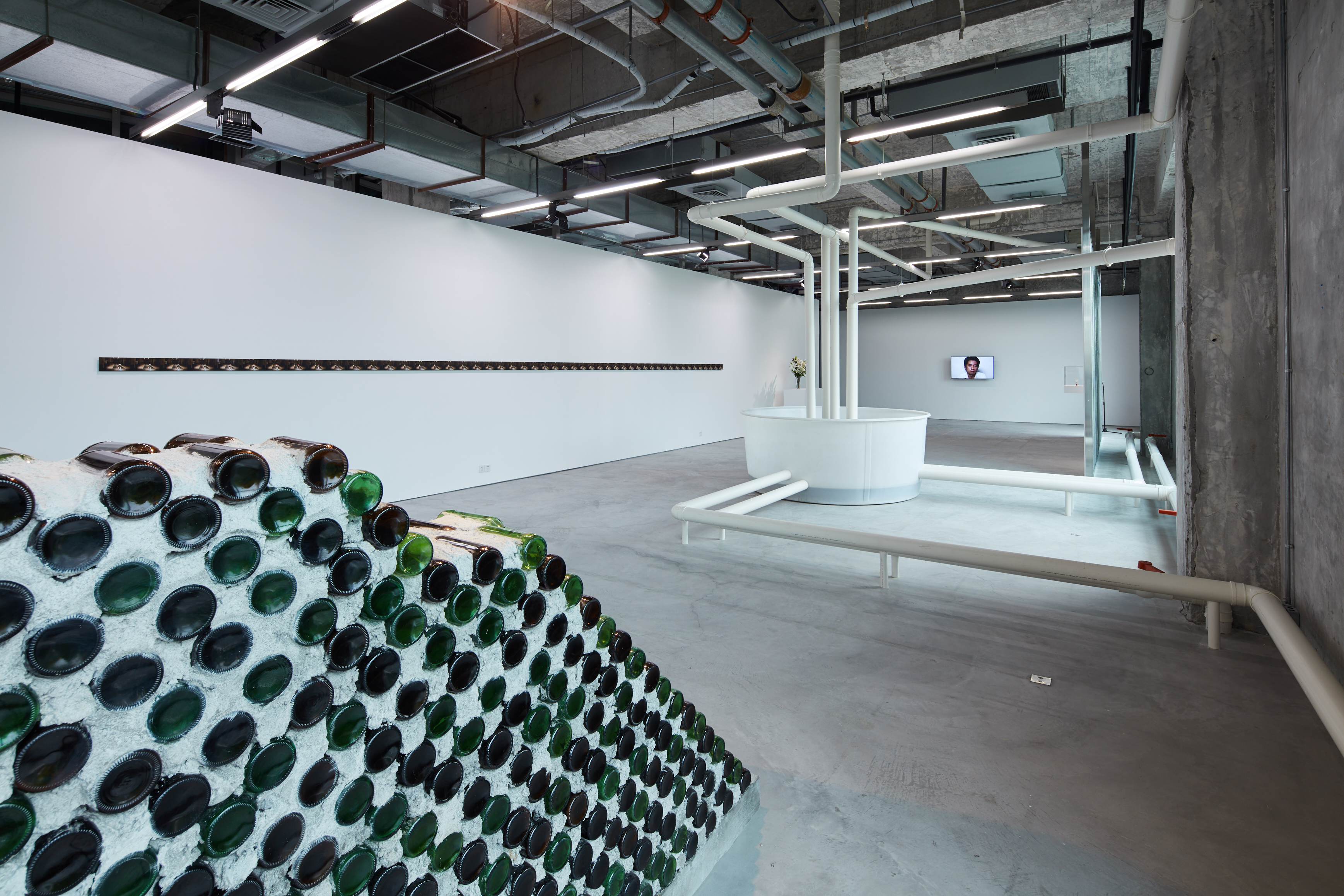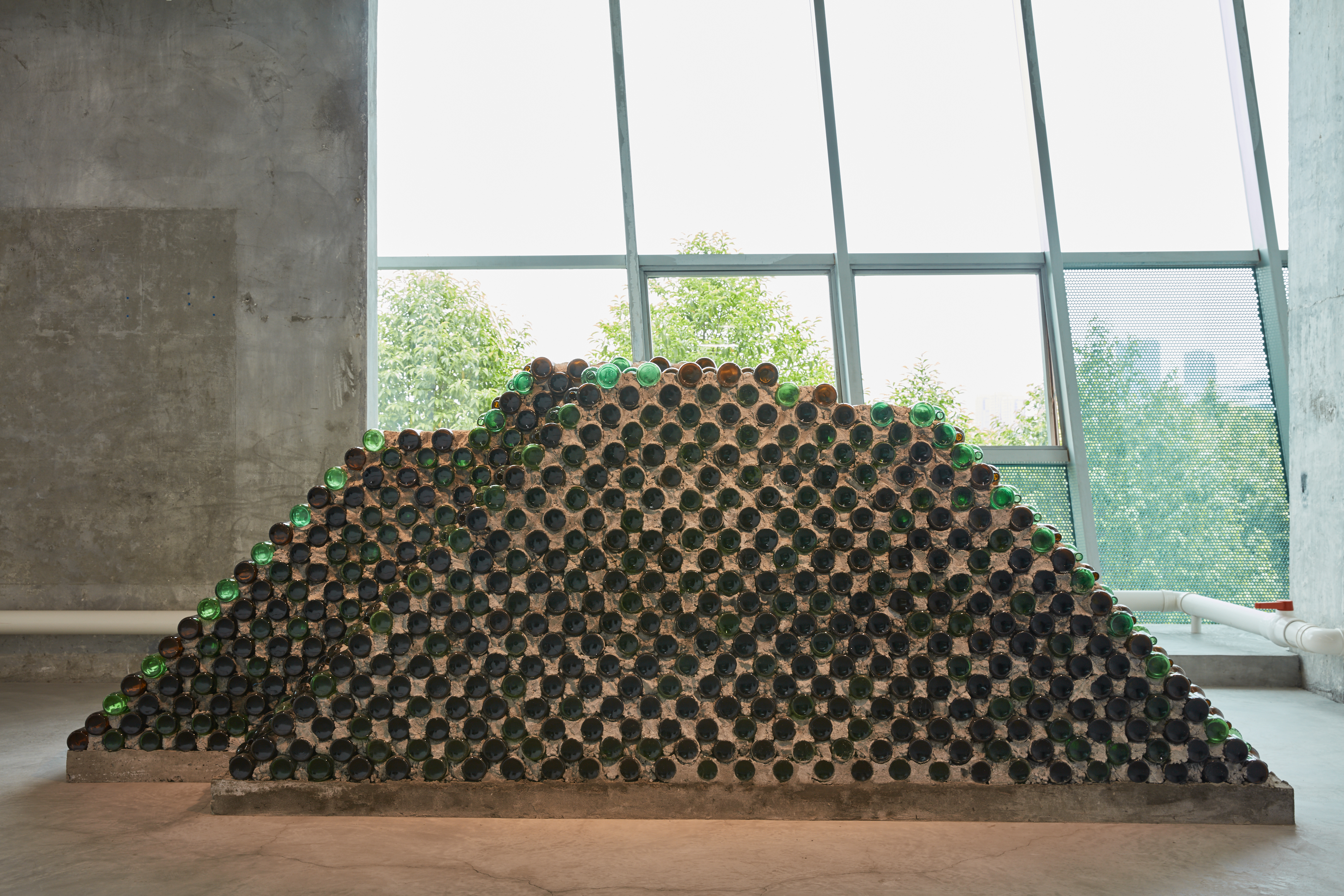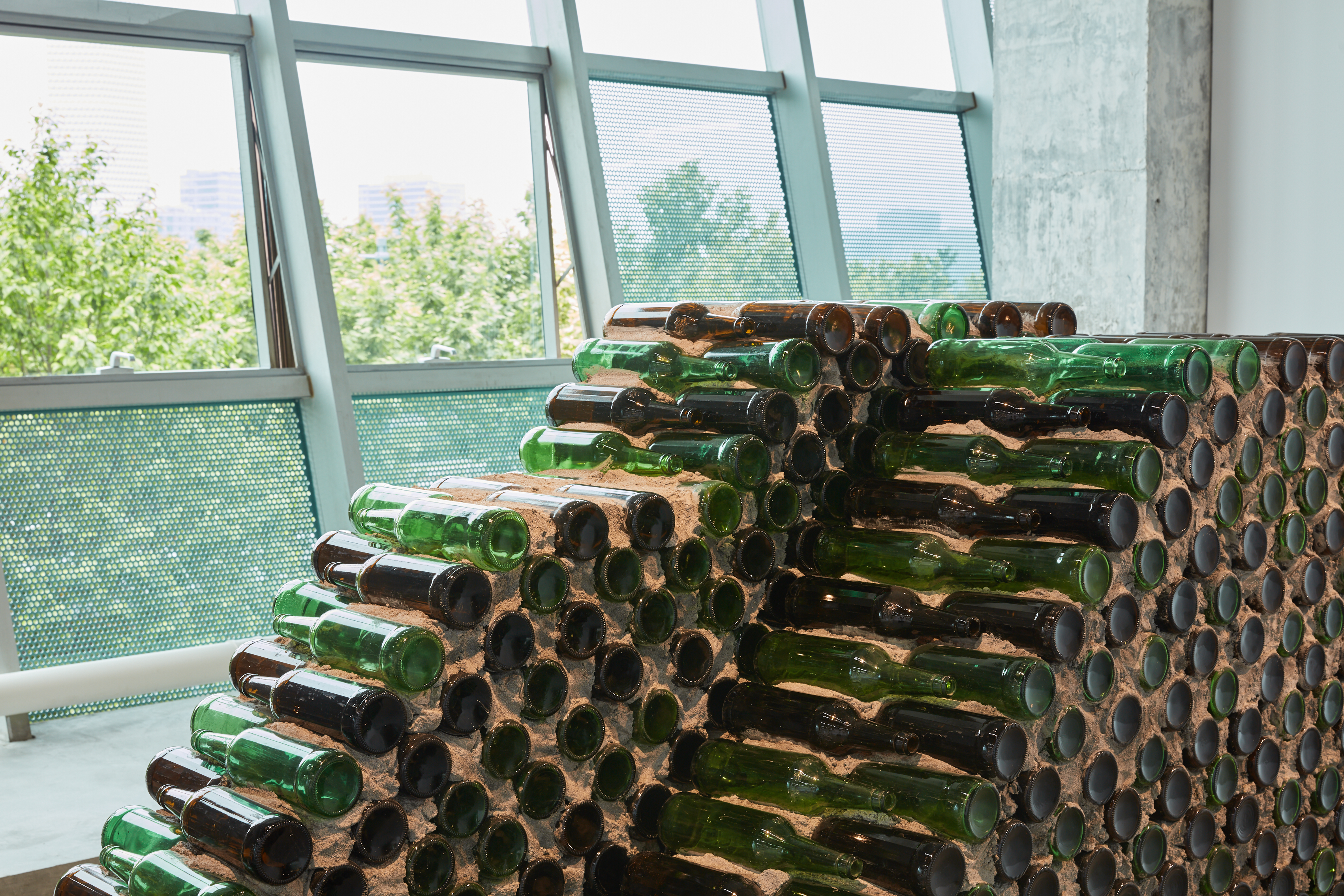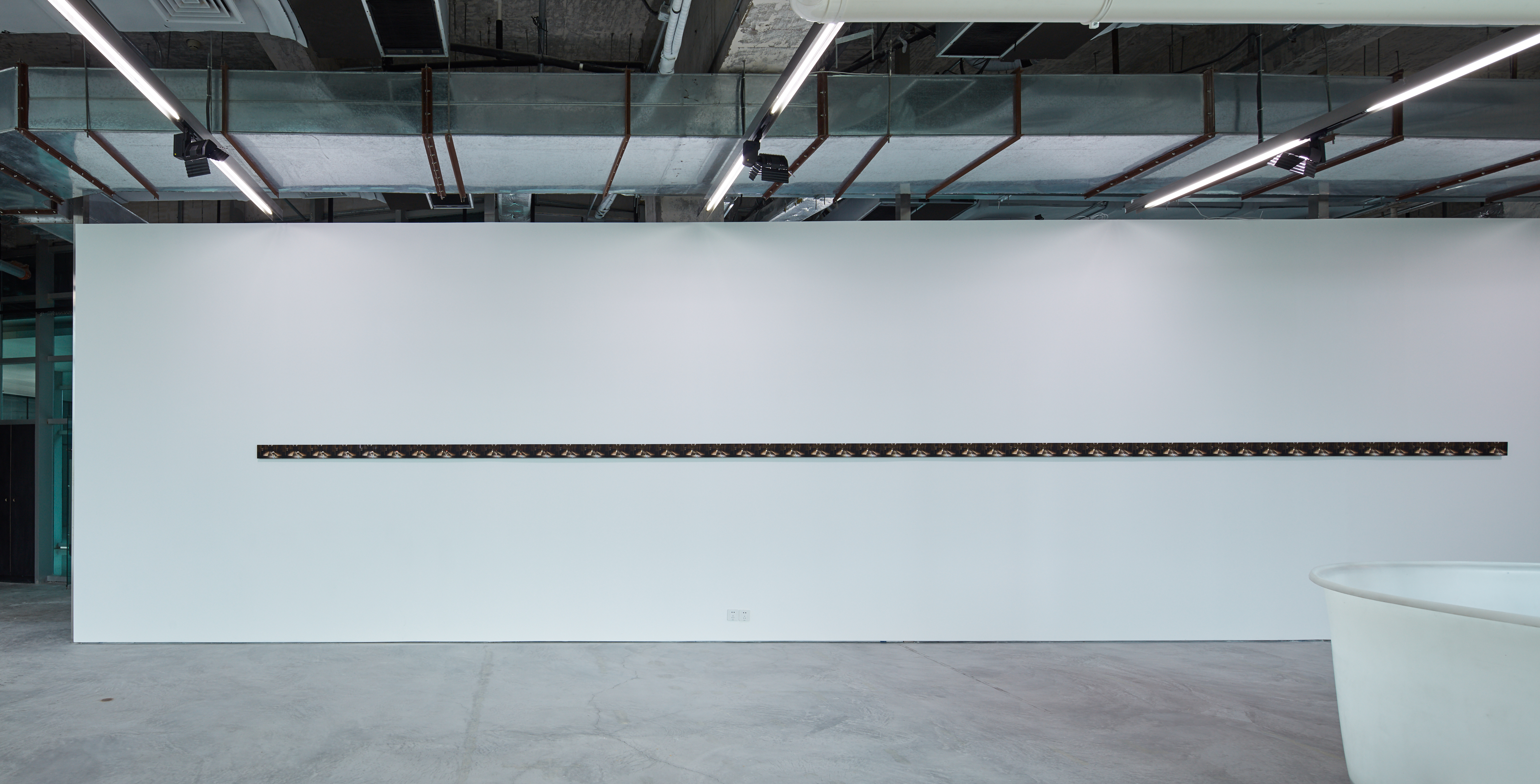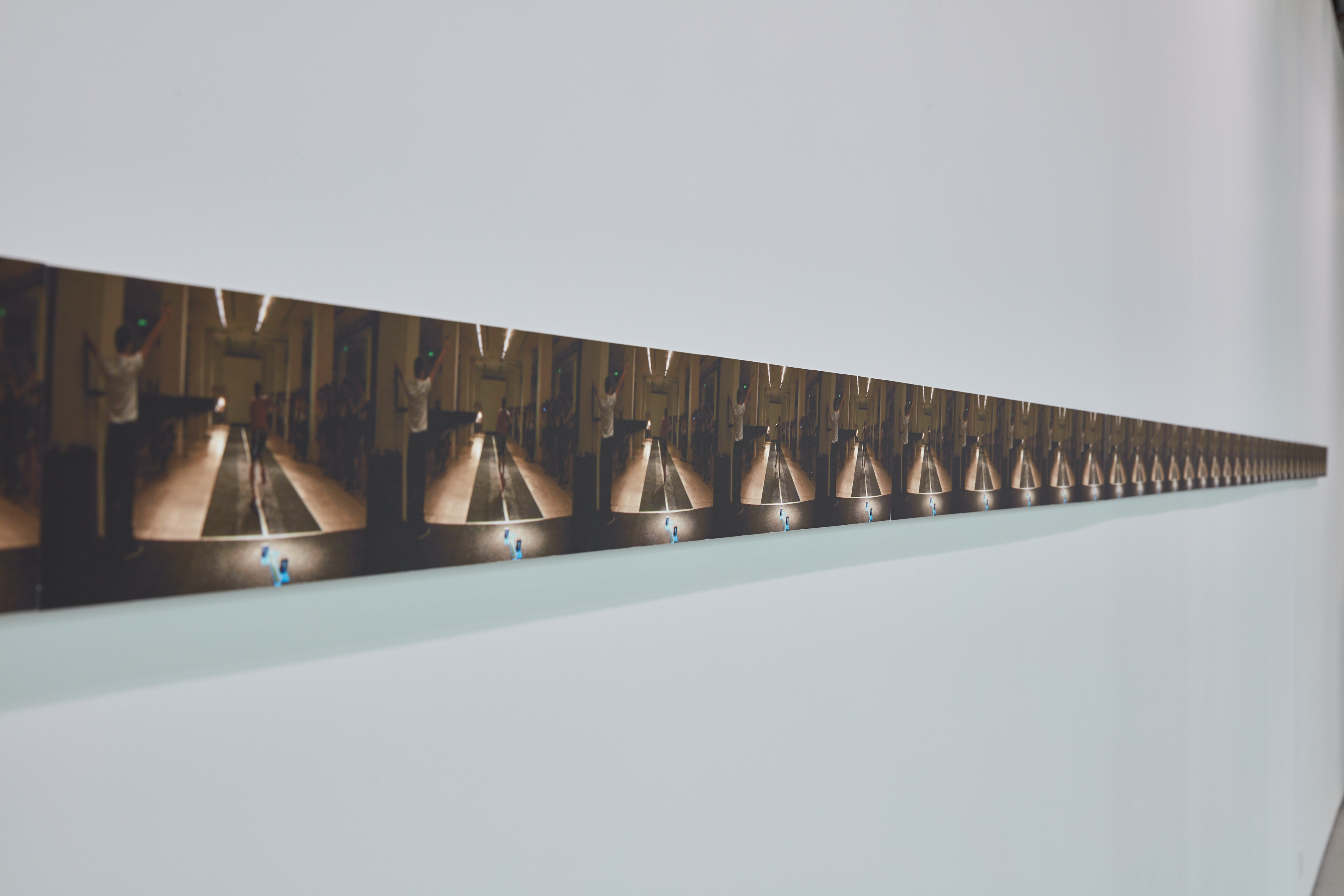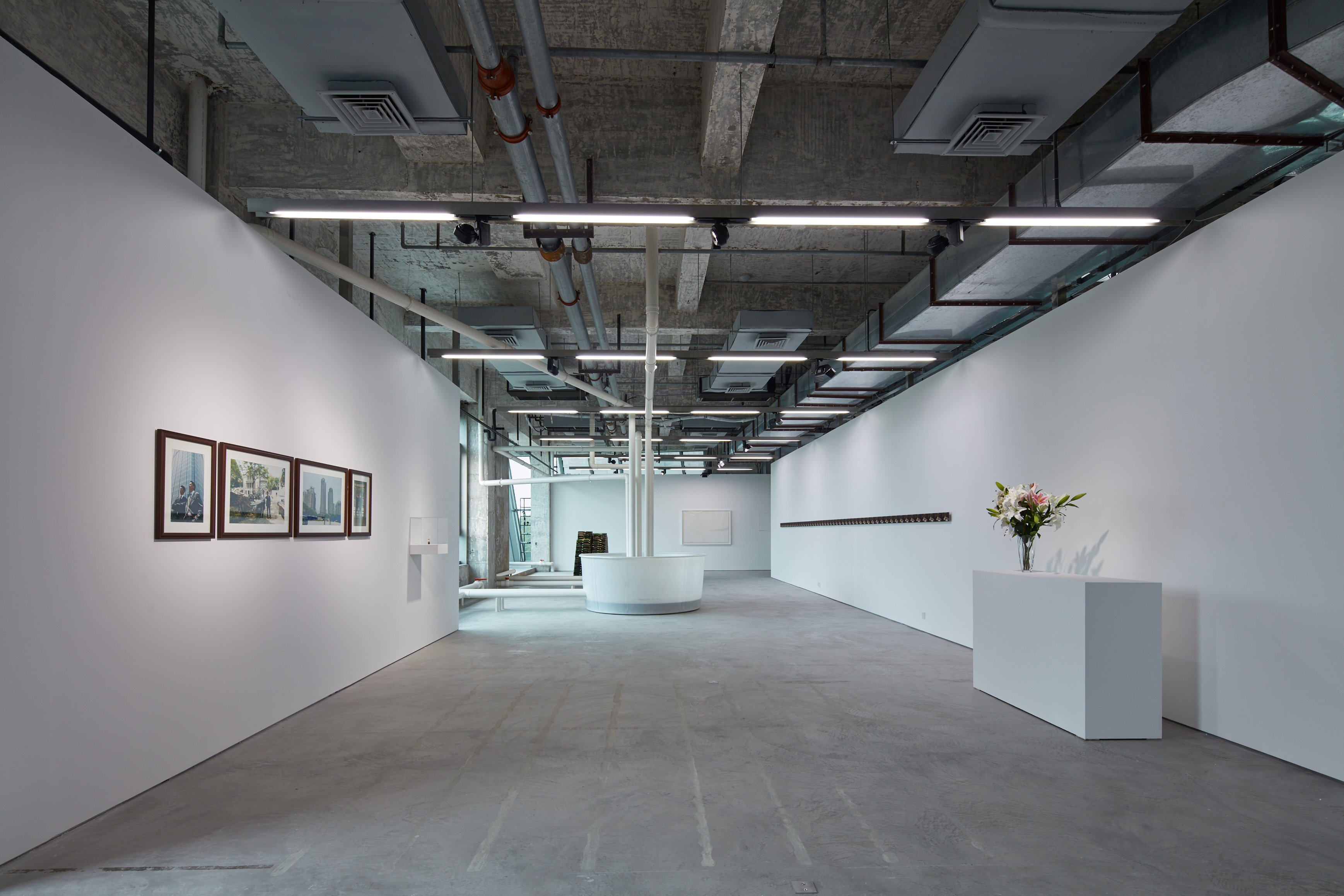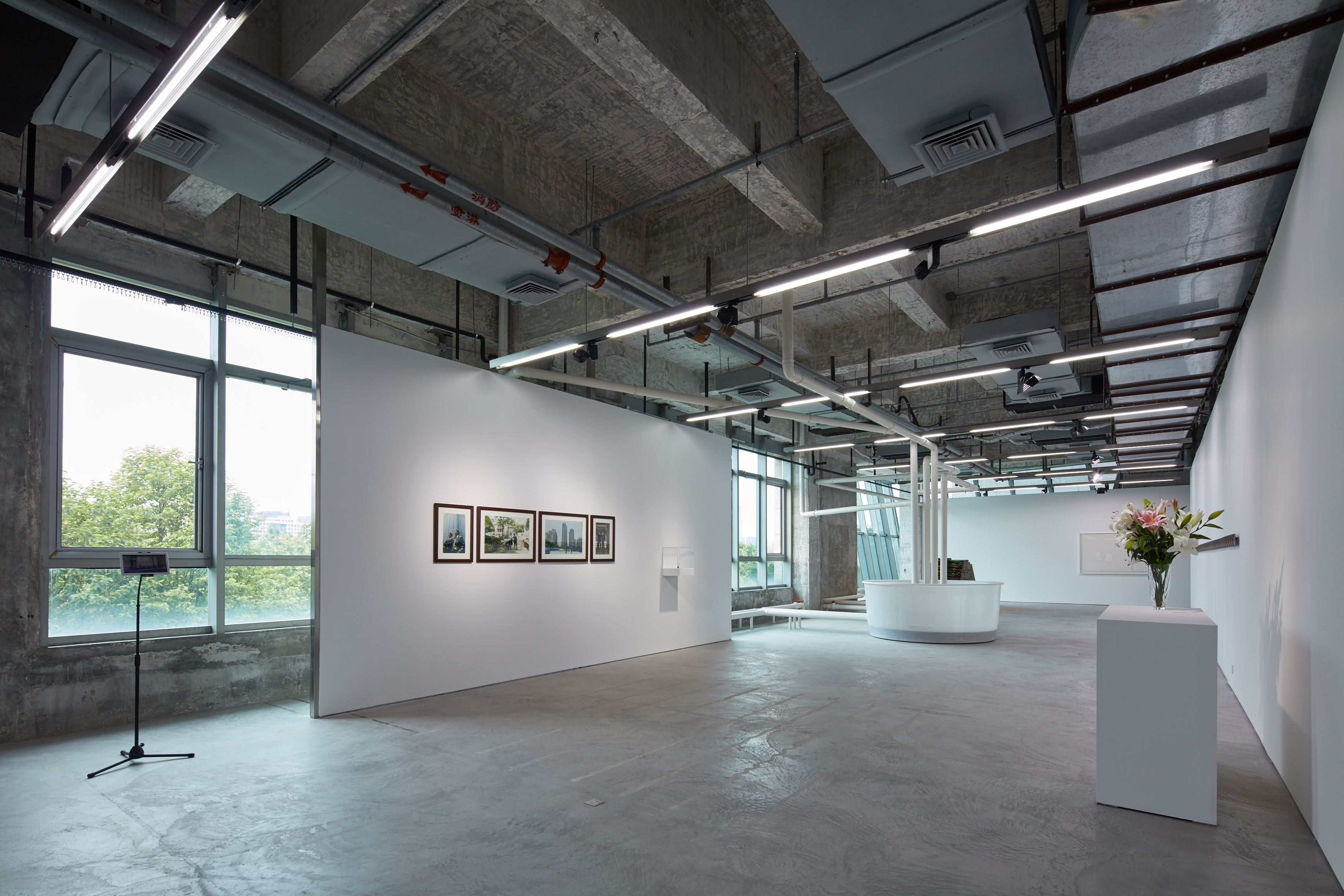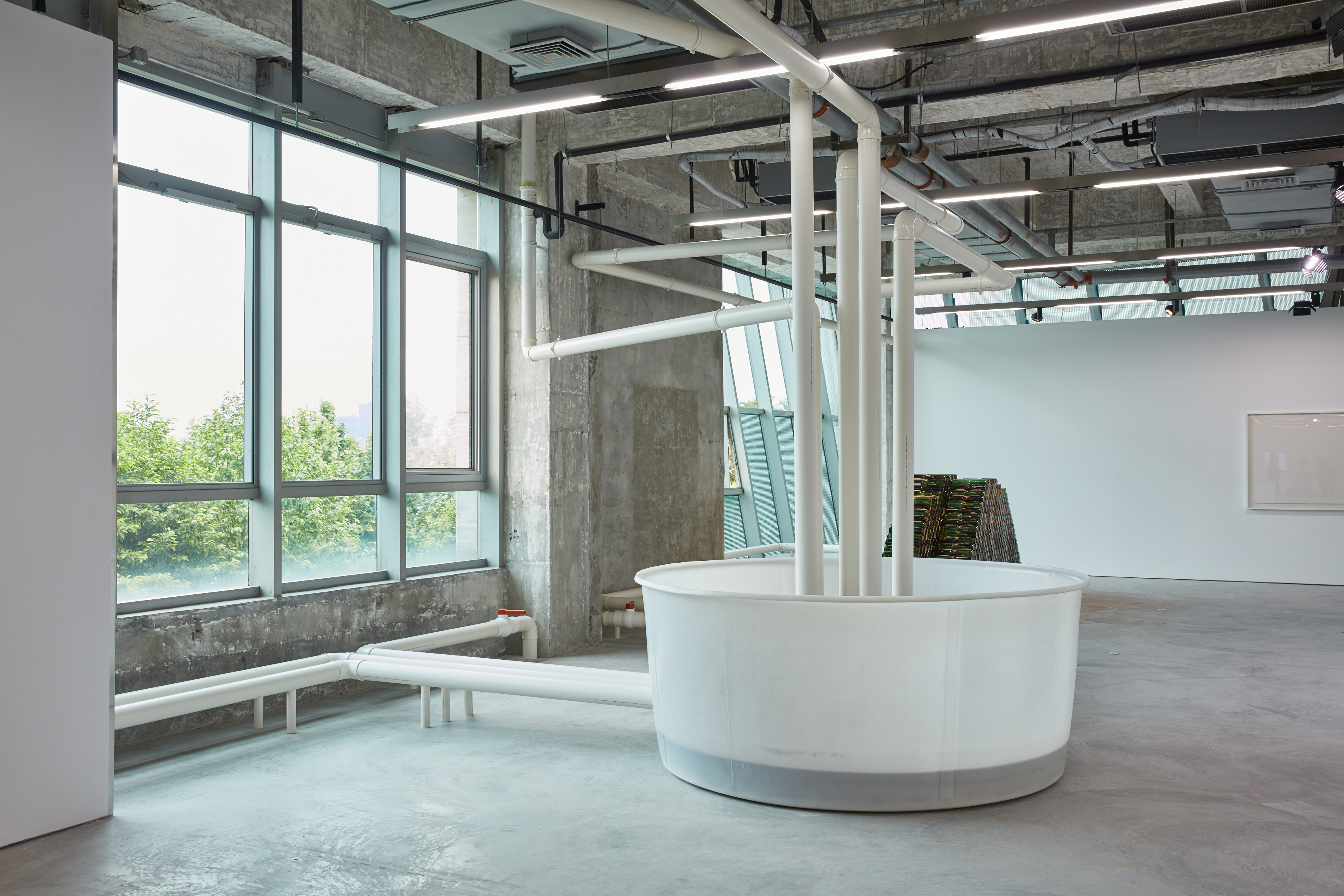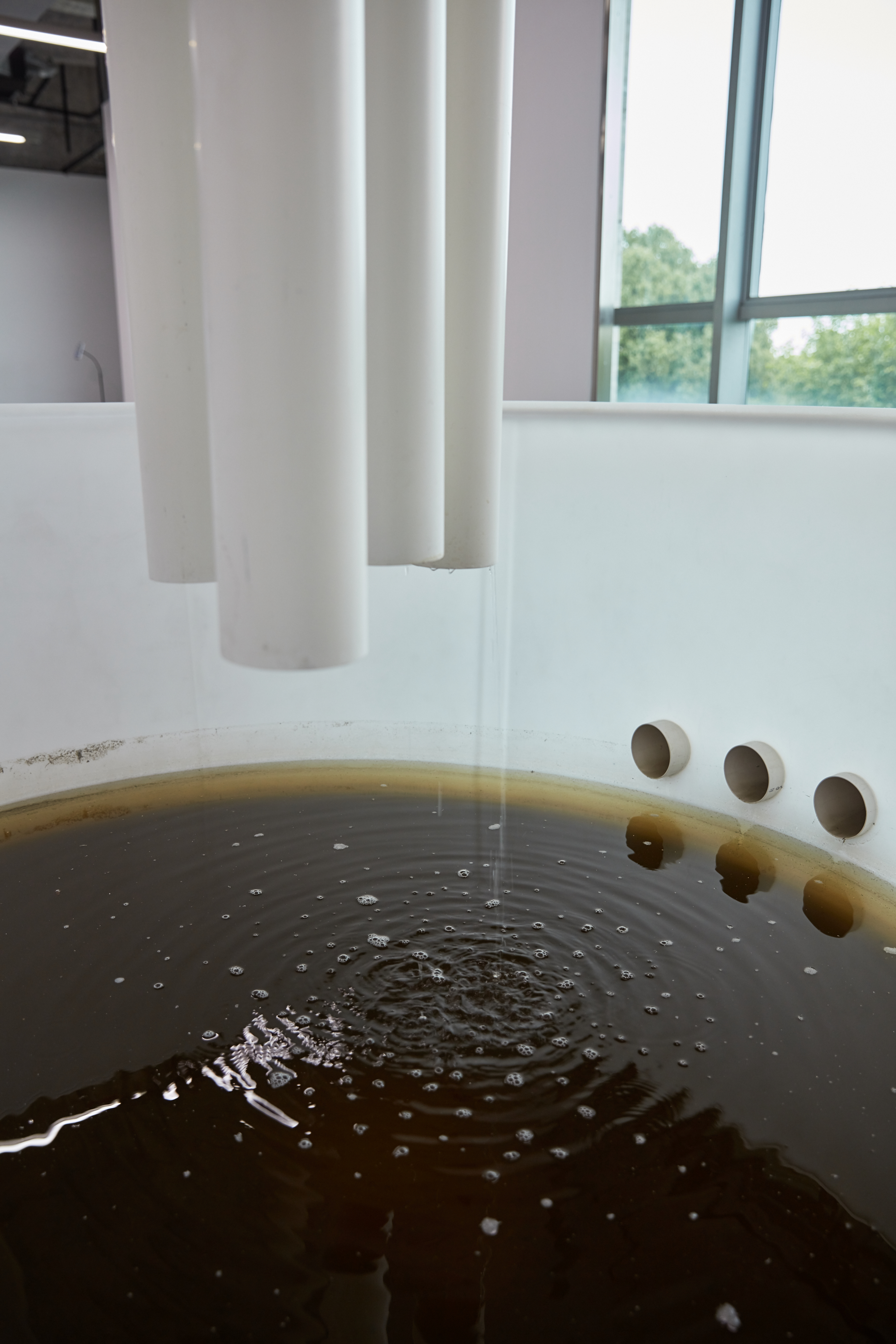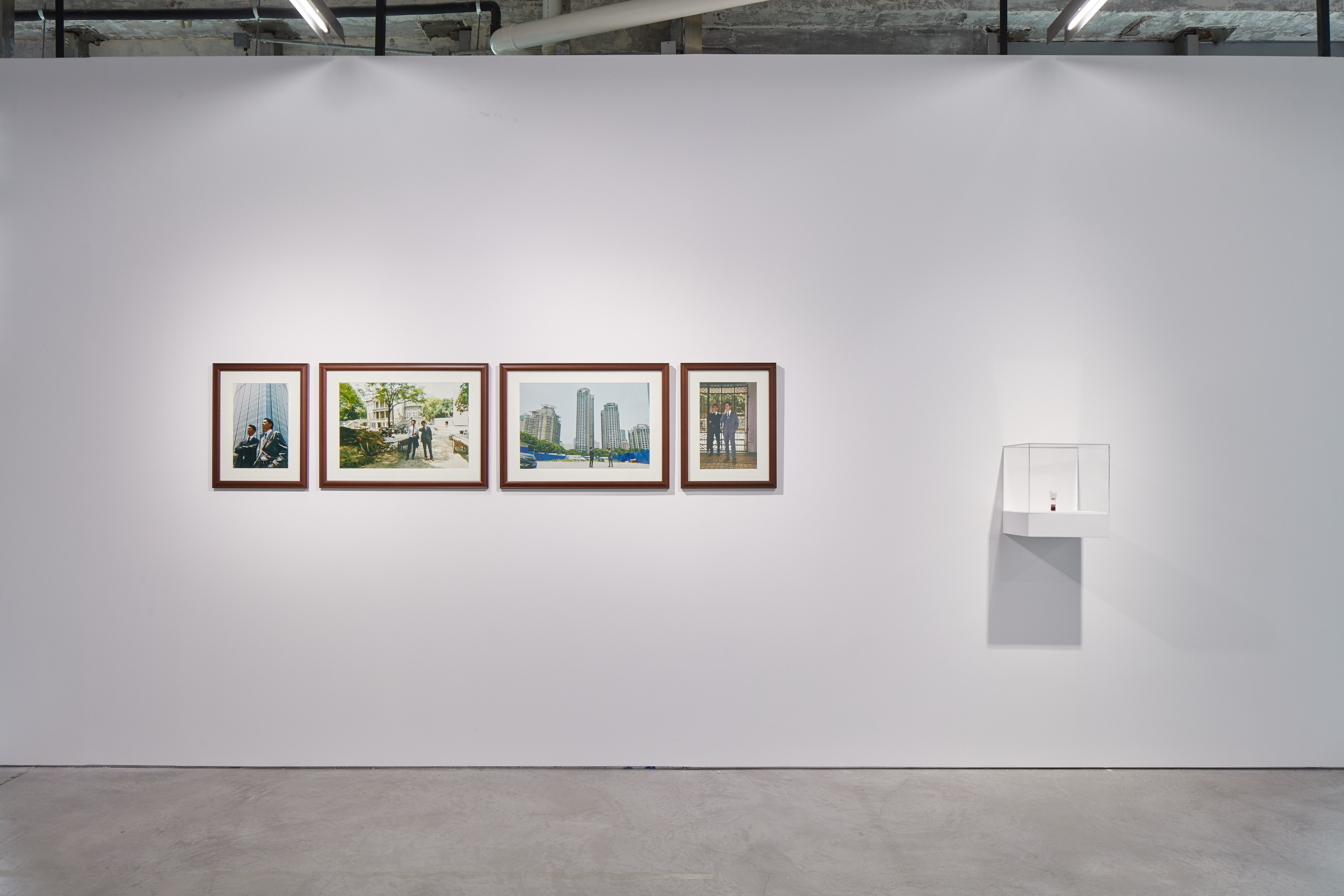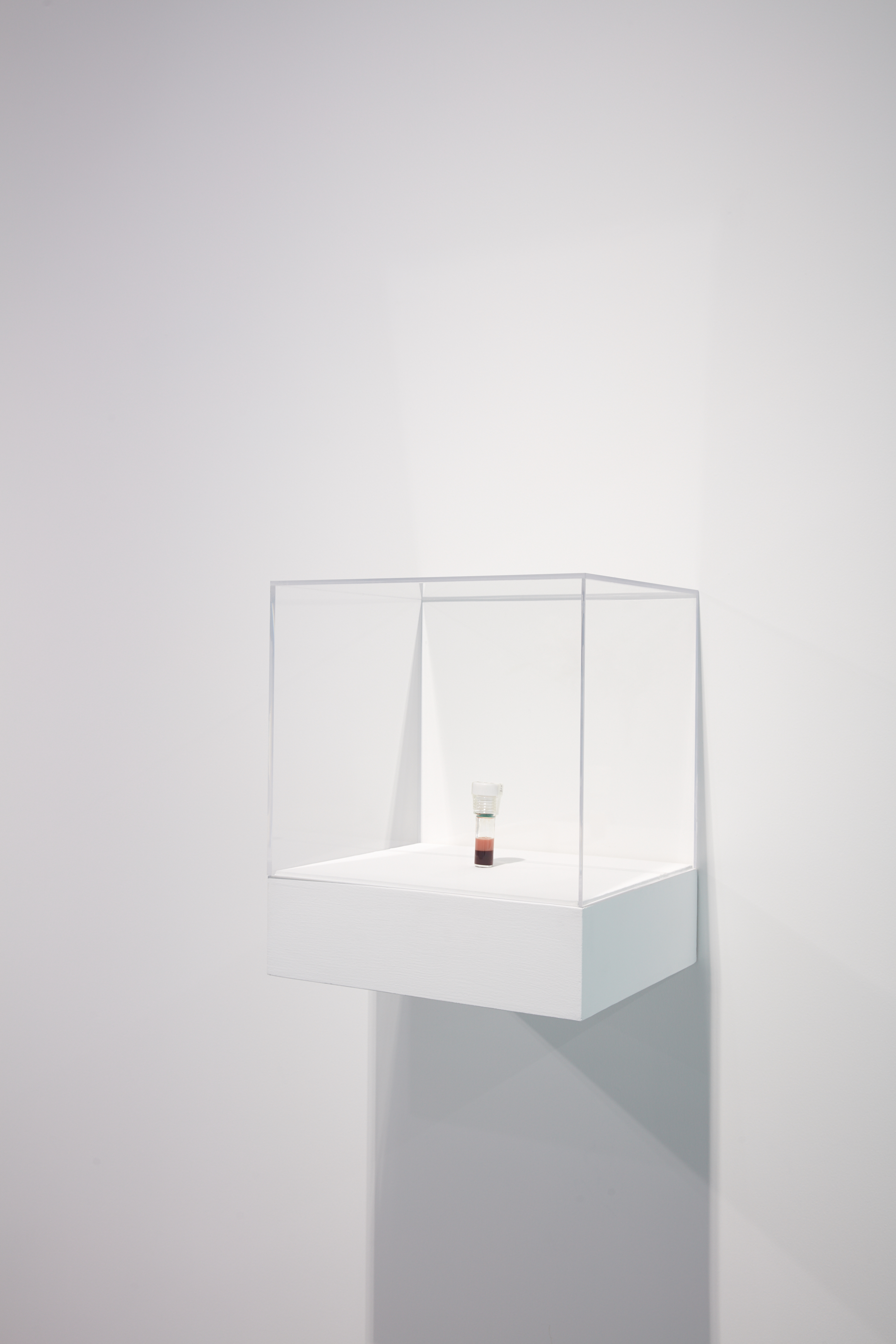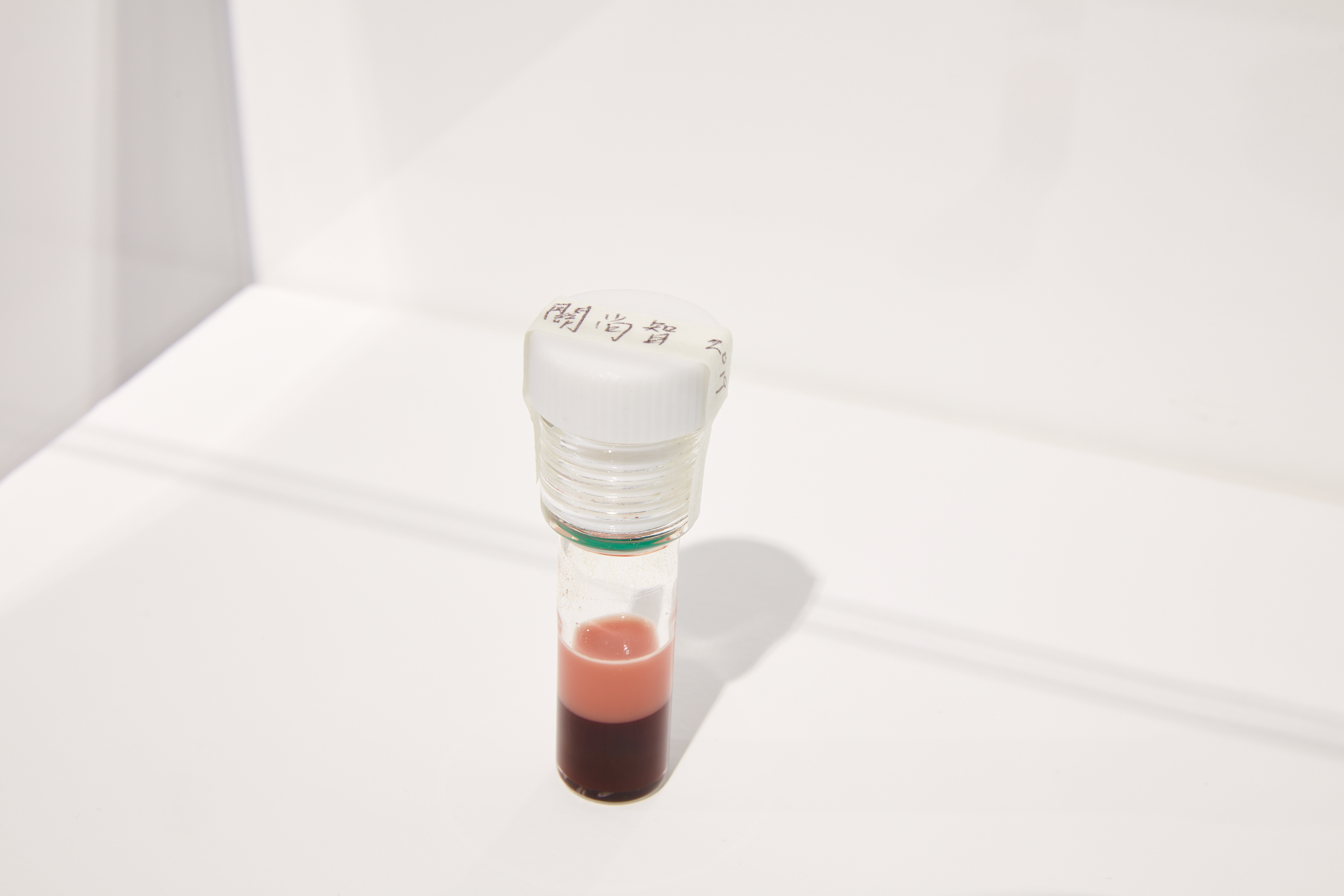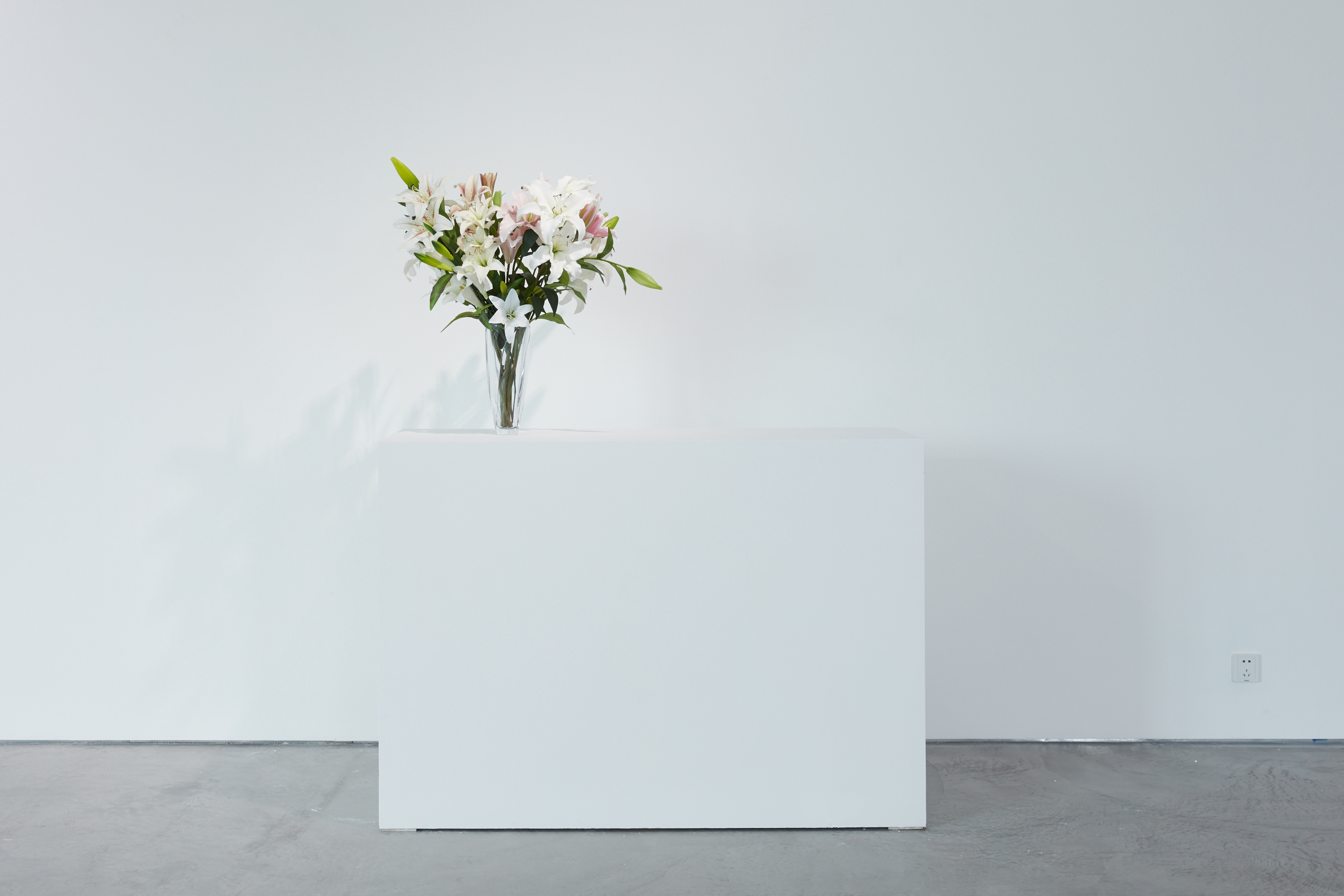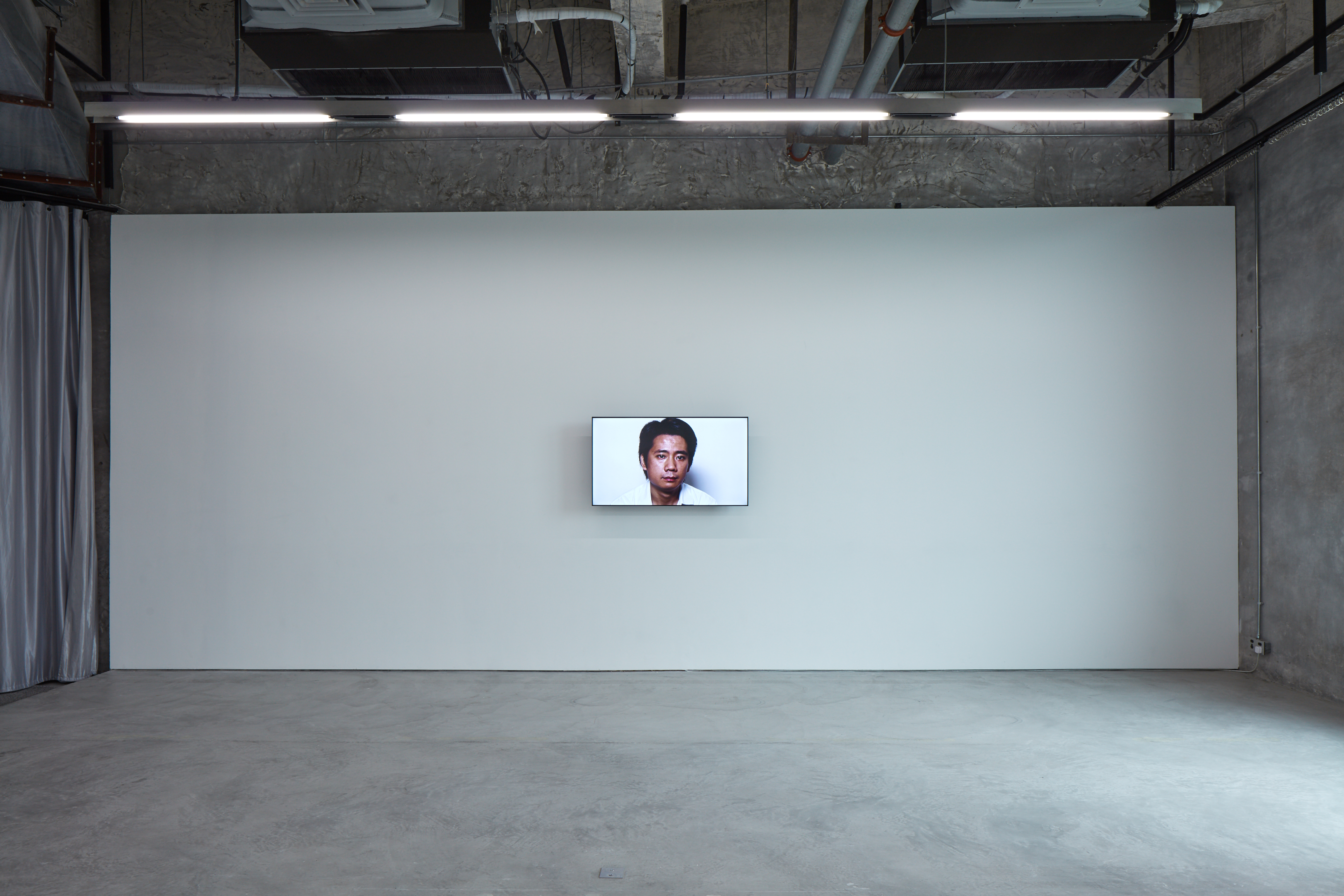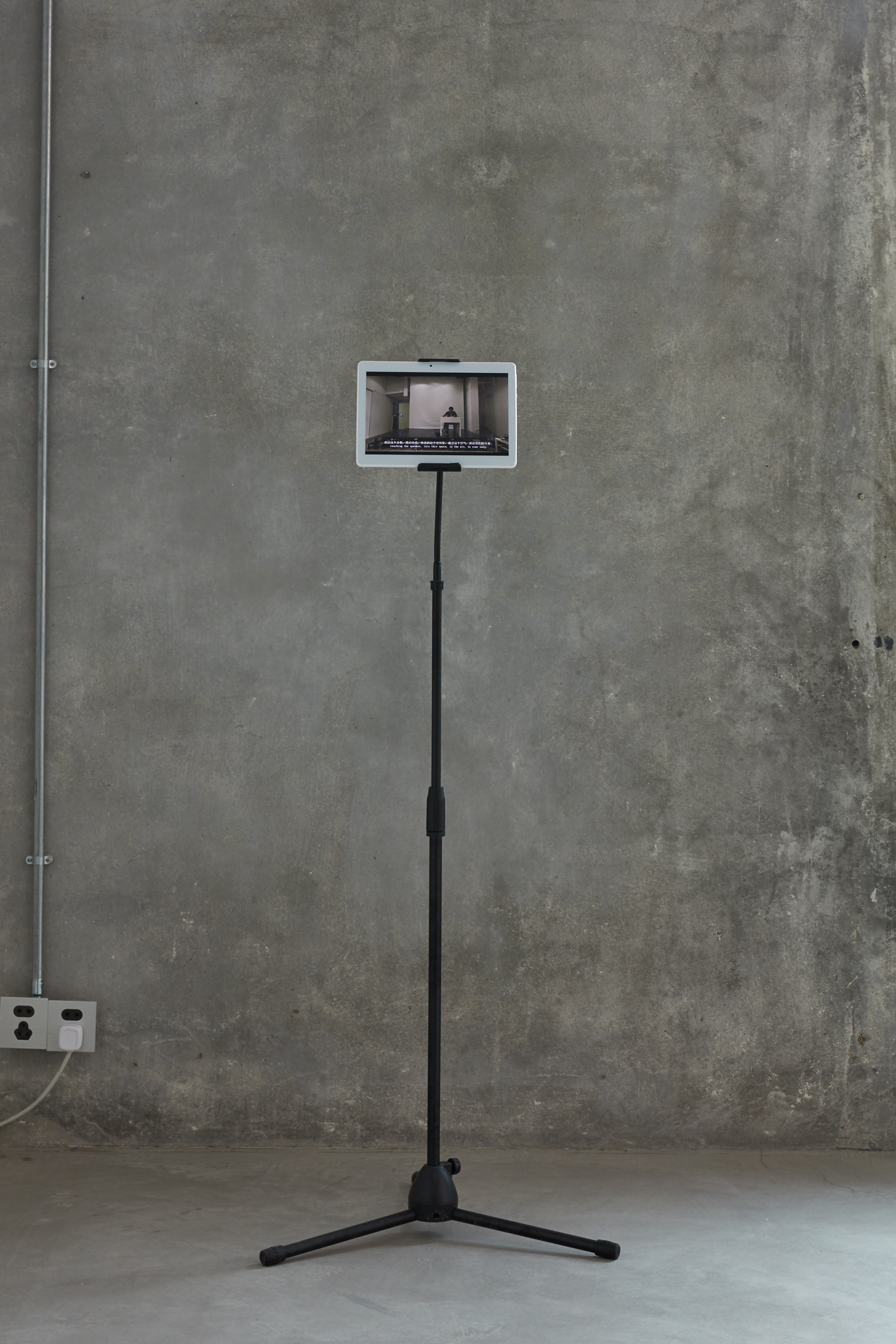Edouard Malingue Gallery Shanghai announces its new group exhibition, “Healthier, Simpler, Wiser.” The exhibition brings together three highly reputed mid-career Chinese artists: Hu Xiangqian from Guangdong, Lai Chih-Sheng from Taipei, and Kwan Sheung Chi from Hong Kong. Each will present a work newly commissioned by the gallery, together with a selection of recent works. While their practices are different in character, medium, and conceptual method, the artists are united by their concision, poetic quality, and constant search for the essential meaning of art.
Hu Xiangqian’s work evokes a sense of strong will. His art-making originates from a natural desire to use the body and take action, yet he never bows to the corrupting side of such desire. His work falls between artistic performance and athleticism, and thus lies beyond the boundaries of a certain aesthetic form or a definition of a certain win-lose logic. To a large extent, his artistic mission is to make himself healthier in both a bodily and spiritual sense, and to lead us to do so as well.
Hu’s life experience has been one of migration: born in Leizhou, he moved to Guangzhou, Beijing, New York, and then back to Guangzhou again. He likes to travel, and considers traveling an essential part of an artist’s life. He has a strong curiosity that leads to a proactive pursuit of understanding the world and absorbing all kinds of knowledge. The unique thing about him is that wherever he goes, he’s able to live like he is at home. He never abandons the interests and ways of understanding the world he developed while living in his hometown during his teenage years— always being intimate to the land and nature, and living barehandedly.
Hu’s new work for this exhibition is inspired by one of his personal interests: watching internet videos of people building houses using traditional methods. He once said that he’s never wanted to build his own house. He never even tidies up the places he lives. To him, the living space is always temporary. But after a life of moving between places over the past decade, he started to reconsider how places and spaces may influence him. He found that he could never imagine himself relocating to a foreign place, but, like most Chinese people of his generation, in order to search for a life and a career he had to leave his hometown. The affection for home and the aspiration to explore the world became a dilemma, and, in a funny way, watching people building houses on the internet dissolved that dilemma. As a result, Hu plans to appropriate the skills he learned from all these videos and build a structure in the gallery space, as a way of getting closer to the struggle in his mind.
Before attending art school, Lai Chih-Sheng worked for years as a mason. After graduation, he got involved in the business of video production, again for many years. The technical influences of these work experiences on his current art practice may be obvious, but what’s more important is how it influenced his distinction between making/producing and creating: people may make/produce utilitarian and visually appealing things, but they can only create their perspectives on these things in art.
As an artist, Lai Chih-Sheng is often unwilling to make things. He intervenes in ways that are as subtle and invisible as possible. This is because he hopes to point people to the original faces of things and things that we tend to abandon. But in fact, in art-making, he often uses methods from engineering. Only by engineering, he does not create physical realities but conditions for meditation. One of his mottos is this: “Creating is the moment to let go.” Seeing Lai’s art helps us to make sense of the perplexing world and identify what in it is redundant. It helps to reveal the essence of life.
With his new work for this exhibition, Lai raised this question: in an art exhibition, what deserve to be expelled, and what need to stay? He proposes to restructure the rainwater pipes that are originally located in one side of the gallery space and extend them to reach the central area of the space. The rain water would then flow into a water storage barrel, before it is expelled to outside of the building. Lai’s intervention will not change how the rainwater come and go, but only create a short period of time when the rainwater stops-by in the exhibition and eventually leave traces with the dirt that it carries.
The work of Kwan Sheung Chi shines with wisdom, but it never agrees to “get success.” Critics have analyzed how his work proposes to reconsider the criteria of success and failure. At the beginning of his career, he proudly claimed to be an “unsuccessful artist.” However, as his career developed smoothly, his aspiration to be an “unsuccessful artist” was proven unsuccessful. After that, he could only try his best to keep a distance from all the “correct ways” of being an artist. Even that is difficult to achieve … he doesn’t want to live the life of a professional artist, and yet he still feels like accepting some opportunities to do art.
The dilemma here is that he only aims to find the best way of living his life, and the way a professional artist should live does not seem good to him. Meanwhile, art is still an essential part of a good life. According to this logic, we may assume that Kwan’s purpose in making art is not about making a glorious career or creating good art in the art historical sense; his purpose is to make use of each opportunity offered by art to identify, interpret, and explore how to act wiser when facing all sorts of challenges in life.
To tackle the “problem” of having to come to Shanghai for an exhibition, Kwan decided to imagine the task as a real business trip. Together with a junior colleague, he will visit Shanghai for an imaginary business project. A local assistant will guide them to visit potential locations as well as other Shanghai-based Hong Kong companies and businessmen. They will also make full use of the trip to enjoy Shanghai cuisine and luxurious cigarettes and alcohol, like real businessmen. The interesting question here is: Although the trip is planned as a measure of expediency, why shouldn’t the pleasure and the relief that it actually brings to the artist be seen as the true value of art?
///
Hu Xiangqian was born in 1983 in Leizhou, Guangdong Province and graduated in 2007 from the 5th Studio of the Oil Painting Department at Guangzhou Academy of Fine Arts. He currently lives and works in Beijing. Hu has had solo exhibitions at Long March Space, Beijing, China, 2015; Arrow Factory, Beijing, China, 2013; Observation Society, Guang-zhou, China, 2009, among others. Selected group exhibitions include Foundation Louis Vuitton, Paris, France, 2016; Kunstmuseum Bern, Bern, Switzerland, 2016; Al Riwaq, Qatar Museums, Do-ha, Qatar, 2016; Beijing Minsheng Art Museum, Beijing, China, 2016; UCCA, Beijing, China, 2015;Asian Art Museum, San Fran-cisco, USA, 2015; The 10th Gwangju Biennale, 2014; Sharjah Biennial, 2013; Centro per l’Arte Contempora-nea Luigi Pecci, Prado, Italy, 2012; Asia Triennial Manchester, 2011; Osage Gallery, Hong Kong, China, 2009; Nanjing Museum, Nanjing, China, 2005. In 2016, he won the “Best Young Artist”of the 10th Award of Art China.
Kwan Sheung-Chi was born in 1980, Hong Kong and has held exhibitions at Solomon R. Guggenheim Museum, New York (2017); Mill6, Hong Kong (2016); ZKM, Karlsruhe (2015); Borusan Contemporary, Istanbul (2015); ParaSite, Hong Kong (2015, 2014); Witte de With, Rotterdam (2014); Kunsthalle Wien, Vienna (2014); Rockbund Art Museum, Shanghai (2013); Hiroshima MOCA, Hiroshima (2013); amongst others. Kwan holds a B.A. degree in Fine Art from The Chinese University of Hong Kong and in 2000 was named the “King of Hong Kong New Artist”. In 2002 the exhibition “Kwan Sheung-Chi Touring Series Exhibitions, Hong Kong” was held across 10 major exhibition venues in Hong Kong and the Hong Kong Art Centre presented “A Retrospective of Kwan Sheung-Chi”. Kwan is also a founding member of local art groups, Hong Kong Arts Discovery Channel (HKADC), hkPARTg (Political Art Group) and Woofer Ten. In 2009, Kwan was awarded the Starr Foundation Fellowship from the Asian Cultural Council to take part in an international residency programme in New York, USA. In 2012 Kwan received a commission from the West Kowloon Cultural District Association (WKCDA) and in 2013 was the winner of the inaugural Hugo Boss Art Prize.
Lai Chih-Sheng was born in 1971 in Taipei, Taiwan. He graduated in 1996 with bachelor degree from Department of Fine Art of Taipei National University of the Arts and graduated in 2003 with master degree from Graduate Institute of Plastic Arts of Tainan National University of the Arts. He currently lives and works in Taipei, Taiwan. Lai has had solo exhibition at, Observation Society, Guang-zhou, China, 2018; ESLITE GALLERY, Taipei, Taiwan, 2017; Project Fulfill Art Space, Tai-pei, Taiwan, 2015; Cité Internationale des Arts, Paris, France, 2015, among others. Group exhibitions include Crane Gallery, Kaohsiung, Taiwan, 2019; The 2th Greater Taipei Biennial of Contemporary Arts, 2018; Soulangh International Con-temporary Art Festival, 2017; The 3rd Aichi Triennale, 2016; Taipei Fine Arts Museum, Taipei, Taiwan, 2015; The 13th Biennale de Lyon, 2015; Para Site, Hong Kong, China, 2015; The 4th Taiwan Biennial, 2014; The 8th Shenzhen Sculpture Biennale, 2014; Hayward Gallery, London, United Kingdom, 2012. Lai has also presented in many programmes, such as in 2016, he participated the creation of work “Water Event” for Yoko Ono’s solo exhibition “Lumière de L’aube” at MAC Lyon, Lyon, France.
Healthier, Simpler, Wiser Group Show
